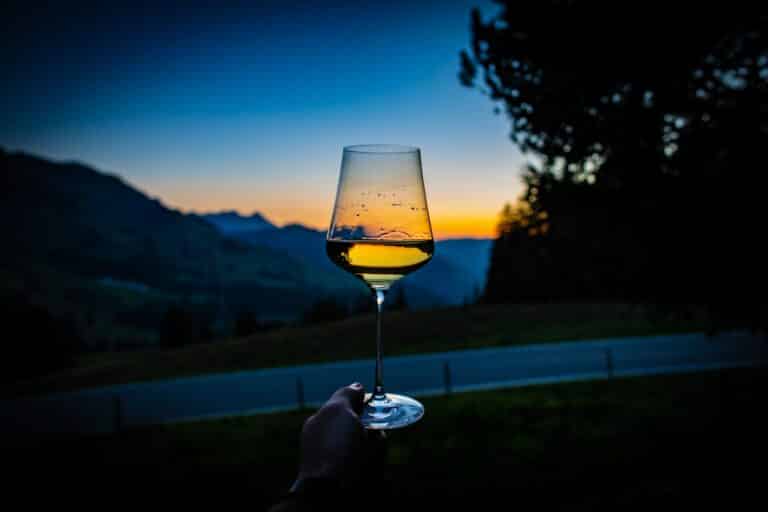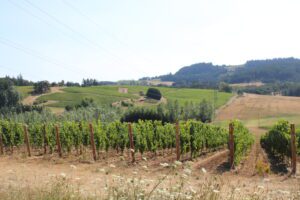What happened?
Last week, as my husband and I were planning our trip to Prague and Vienna, I pulled out a bottle of 2017 Gewurztraminer from Austria that I had laid down in my temperature and humidity controlled wine cabinet. I mention the wine cabinet because I want to explain it was not a bottle I left out where it could be influenced by changes in temperature, vibration or sunlight. However, the bottle had clearly gone bad and had to be thrown out.
What makes a wine age worthy?
Maybe we should start with why would we want to age any wine? The simple answer is some wines will develop more in the bottle and become more balanced or integrated, making for a better drinking experience. Additionally, some people like to buy bottle by the case, especially great vintages and want to be able to enjoy them for years to come.
There are four characteristics that will help a wine to age well. But as we will see from my Gewrztraminer experience, it is not a hard and fast rule. Many factors come into play including the quality of the vintage, and the decisions of the winemaker and their vision for that particular wine.
First, the wines must also have a good flavor concentration to withstand aging as primary fruit gives way to more tertiary aromas and flavors. Primary aromas and flavors are things like cherry, melon, lime, apply, honeysuckle, violate and pepper. Tertiary aromas and flavors are things like fig, prune, mushroom, leather, tobacco, ginger and honey.
Second is acidity. Acidity levels change very little over time and as a structural element it helps wines age well. So a low acid wine will not last as long as a high acid wine.
Third is tannin. Tannin is a structural element of red wines and comes from the skins, pips and stems as well as contact with oak if aged in barrels. Tannins will ‘mellow” over time, so wines with high tannin can be aged longer than wines with low tannin. There are some grape varieties, like Italy’s Nebbiolo, that are so naturally high in tannin that it was recommended to hold the wines for 20 years before opening. Today, winemaking techniques have changed this, but they are perfect examples of cellar worthy wines.
Fourth is sugar. The sugar left in the bottle after fermentation is called residual sugar. Most wines we drink on a daily basis are considered DRY wines, meaning they have no perceived sweetness, and sugar levels have no impact on aging. However sweet wines are some of the longest lived wines including port, sauternes, vin santo and riesling and the sugar level, often along with acidity, are what make them suitable for long aging.
So why did my Gewrztraminer go bad?
Gewrztraminer, especially from the regions of Alsace, FR is very high in acid and can typically be aged for 5-7 years, or even over 10 in a good vintage. My 2017 vintage should have been fine from the standpoint of the wine’s structure. I also mentioned I stored it per the rules of no vibration, kept away from sunlight, and at a consistent, cool temperature. By all counts it should have been fine. However, it wasn’t and there are other factors that could come into play.
One is how it was stored before I bought it. I once had a case of wine from a producer I bought from regularly. The entire case was bad and clearly had been baked by being left in the sun sometime after bottling. It could also be the cork was bad and air had gotten in and turned the wine to vinegar. I also had not had wines from that producer and it could be they picked the wines when they were at a level of lower acidity and higher sweetness, meaning the wines didn’t have the acid structure I assumed it did.
What should we do?
I had the pleasure of meeting Francis Ford Coppola at an event. I told him I had a few of his bottles in my wine cellar at home. He told me that was terrible and wine was meant to be drunk, so go home and drink it right away!
Do you store wines for later consumption? What kind? Reach out through a comment or [email protected]







